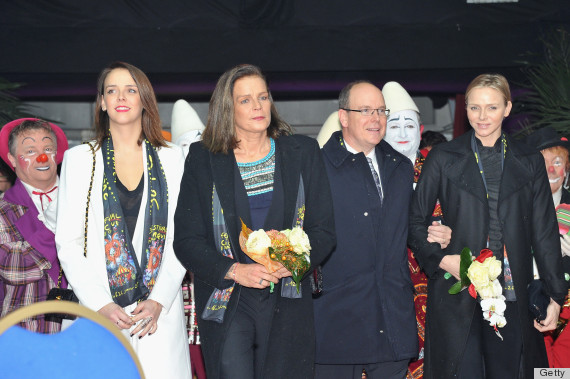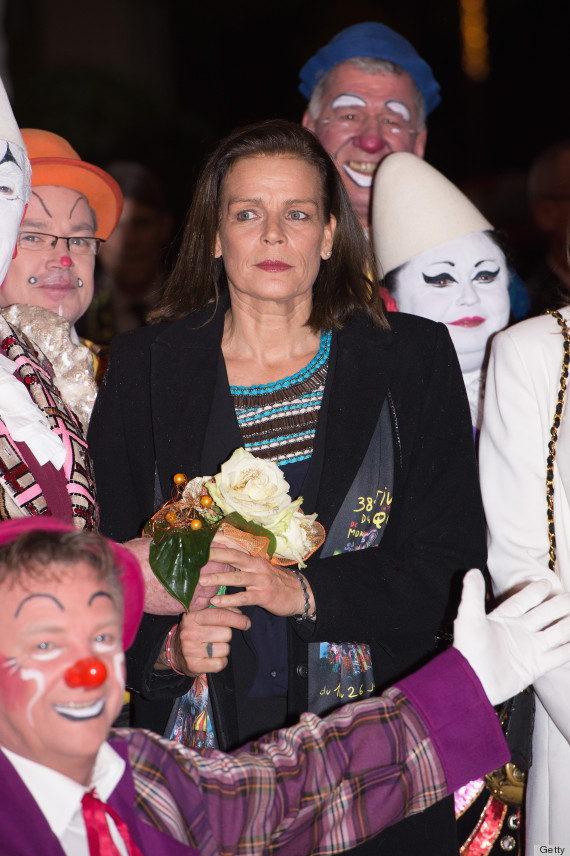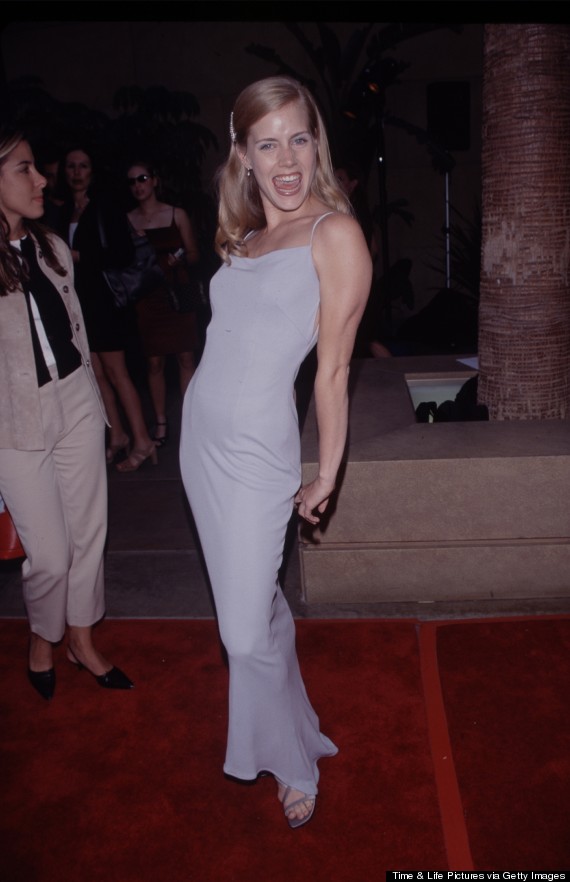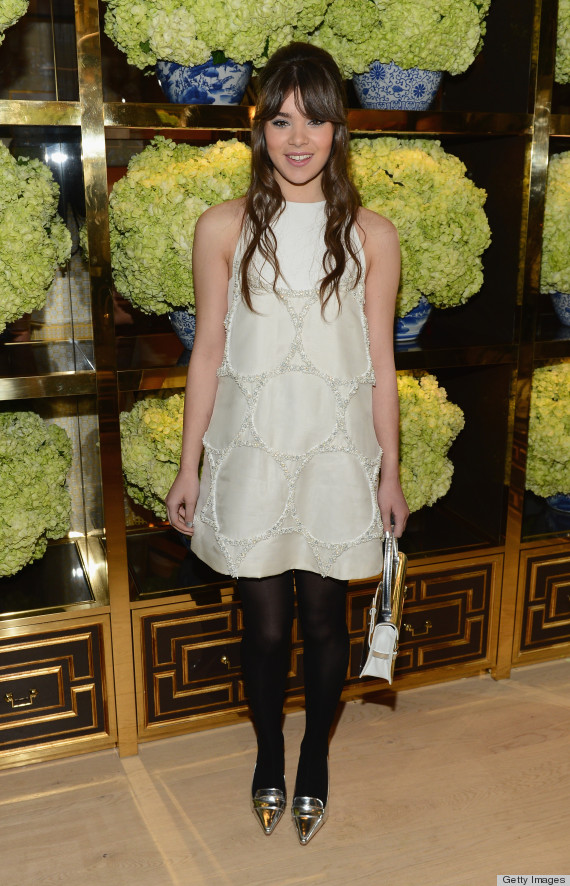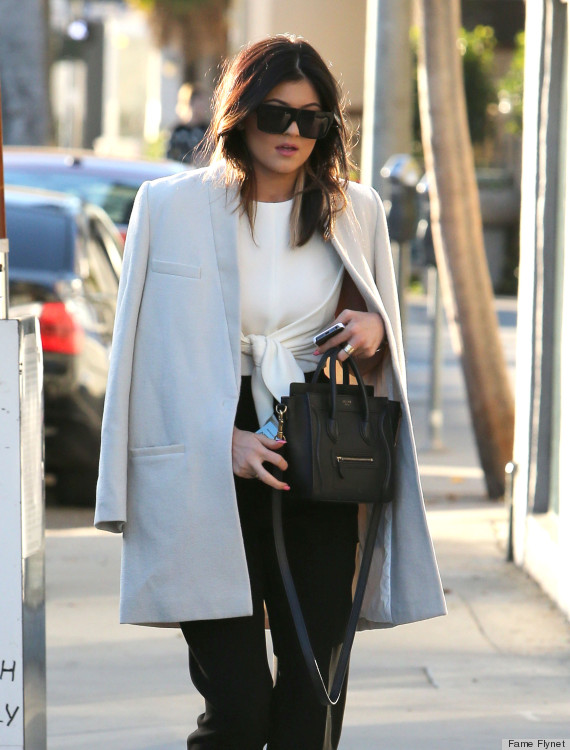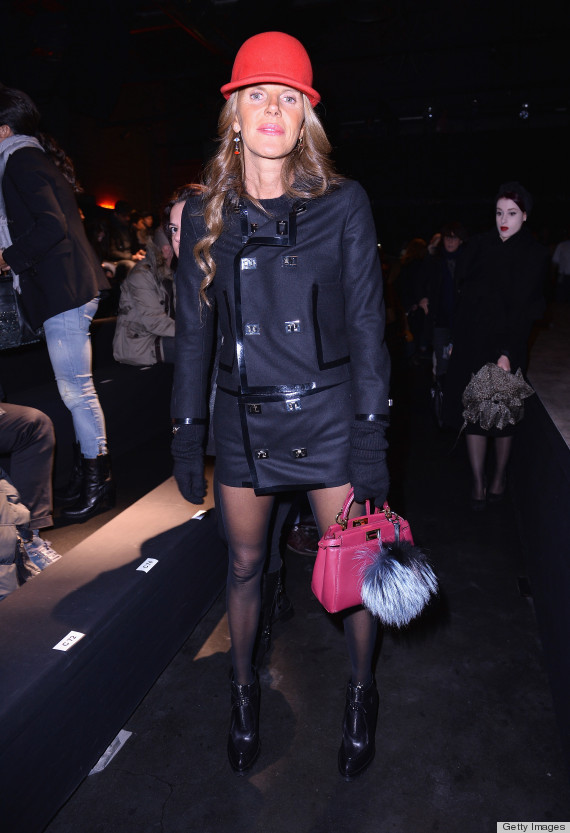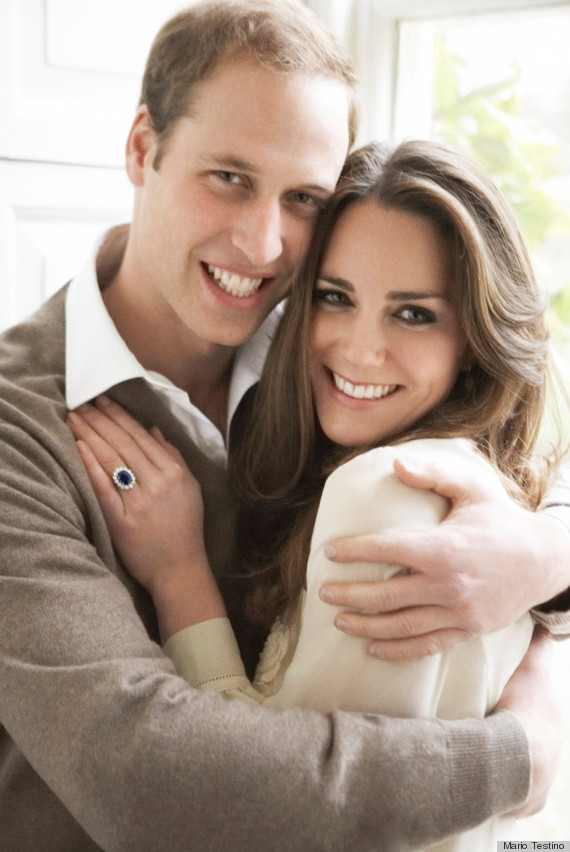
Liz Taylor wearing the Bulgari "green set"
In case you were wondering, the technological highlight of the De Young Museum's "Bulgari: La Dolce Vita and Beyond," is a clever interactive portfolio devoted to the Italian house's queen collector, Liz Taylor. Upon turning each page, a digital image of the icon wearing her baubles rises out of the book and floats up the wall before vanishing in a silent poof. The gimmick is an apt expression of the level of gravitas the subject of the exhibit is treated with, and possibly, warrants. Also projected onto the walls on continuous loop are dozens of editorial, advertizing, and paparazzi shots of other bedecked celebrities throughout the decades. Even the first several pages of the show's catalogue read like a laundry list of starlets and socialites who bought and wore Bulgari's designs in its heyday of 1956-1990.
The emphasis on starry clientele is indeed distracting -- what should be a part of the Bulgari story, secondary to aspects of the work that stand as exemplary regardless of its popularity with the famous at the time of production, is given a primacy that implies that a large part of what makes Bulgari's work museum-worthy is the mere fact of famous people liking it. Of course the exhibit features pieces from the Liz Taylor collection, including the emerald brooch and collar Burton gave her as engagement and wedding gifts, respectively. Neither the catalogue nor the Bulgari reps who attended the preview stated, upon being asked, how much Burton paid for the pieces or how much Bulgari paid at the Christie's auction to buy the pieces back upon Taylor's death. One might wonder why they were keeping shtum about the "green set"'s sale price; the figure is easily searchable on Christie's website*. But that coyness, that not-at-the-dinner-table-darling silence about money, contrasts laughably with the tone of the show. Who do they think they're kidding, implying that it is somehow inappropriate or beside the point to speak frankly of cash with regard to an exhibit plastered with celebrity faces, celebrating a commercial enterprise that caters solely to the rich? Even the catalogue itself states that Bulgari's ascendence in the early fifties had much to do with the influx of Hollywood money, as, besides the Pope, the only people in Rome who could afford such luxuries were visiting American stars. (The Art of Bulgari, Delmonico Books, pg. 27)

Tubogas choker, 1974 Two-color gold with Greek silver coins
27 cm (top) and 41 cm (base) x 7 cm Bulgari Heritage Collection, inv. 404 N607
But OK, if we take for granted that there are reasons based in artistry that justify this show, let's examine the work and what is said about the work that supports that claim. There are two innovations cited as "revolutionary." Bulgari broke with the French-derived tradition of separating jewelry to be worn in the daytime and that for the evening (yellow gold for day, white gold for night) by designing evening jewelry using yellow gold. It also altered the norms for gemstone pairings; tradition had dictated that gemstones of a single color be paired with white diamonds, but Bulgari introduced jewelry sparkling with many-colored gemstones as well as white diamonds.
Think of that.
Coco Chanel revolutionized fashion by designing corsetless clothing for women, forever freeing them from the oppressive, rib-cracking, liver-crushing whalebone cages that had restricted their physicality and breathing for centuries. Levi Straus revolutionized fashion by producing an inexpensive, durable pair of trousers that became the best-selling item of clothing in the history or the world. Bulgari revolutionized fashion by giving carte blanche to society ladies to wear necklaces featuring more than two colors at a time and yellow gold to dinner parties.
Of course, multi-colored jewelry has been de rigueur in tribal- and ethnic fashion-loving sets for millennia. And no one durst suggest to an middle- or upper-class Indian woman that she may only wear her yellow gold in daylight. In fact, most people, who don't have the money to buy multiple sets of jewels for different times of day may well have felt they had no reason to consign what pieces they had to daytime- or nighttime-only. These "revolutions" are only relevant, or even noticeable, to the rarified echelon of people who feel compelled and have the funds to follow new sets of rules as are laid out for them by whoever they've designated as the arbiters of their taste. Bulgari's innovations only serve to expose the hopeless hokeyness and small-mindedness of moneyed Western taste.

Necklace, 1972
Platinum with turquoise and diamonds
39.1 x 17.8 cm (with 5.1 cm extension, not shown) Collection of Jennifer Tilly
Some examples of Bulgari's output over the decades reveal an insensitivity to the nature of the materials it utilized in their construction. There is a homogeneity to the treatment of stones, regardless of their unique characteristics: find a blemish-free rock, sand it into a cabochon or cut it into facets, group it with other rocks of the same substance with a minimum of the gradations or subtle differences in color as happen so often in nature. Take for example the necklace (above), bracelet, brooch, and ring from the collection of Jennifer Tilly. It's made from turquoise, diamond, and platinum. Now, turquoise comes in as many shades of blue as the changing sky, as well as greens and yellows, and often bears considerable variation within a single rock. It is also often veined with a spiderweb matrix of iron ore. Its crevices and deep wrinkles are as much a part of its craggy face as its hue. Even polished and smoothed down with time, and deepened in color by the warmth and skin oils of the wearer, turquoise retains a rugged, boulder-like quality, its blemishes like the hard-won scars of its formation from ancient volcanic rock. It is the anti-precious gem. The cabochons Bulgari used, however, might as well have been formed from melmac. They are each perfectly uniformly pale blue, perfectly unmarked, perfectly smooth, perfectly symmetrical. Why even use turquoise at all if you're going to reject so many of its native qualities, and what uptight, unsophisticated taste prizes such bland, regimented uniformity? It's like photoshopping a woman's laughlines out of her portrait: in return for a generic surface smoothness, you erase the illustrations of her character, her experience, the signs that she has lived and known joy.
Of course bits of "perfect" turquoise large enough to use in jewelry are rare; separating out unmarked specimens from the mother rock creates immense waste and yields very little. That turquoise like this is considered suitable for fine jewelry has much to do with its rarity, which translates to greater monetary worth. And as a commercial business, it makes sense that Bulgari would use only the rarest and most expensive materials.
But it doesn't quite make sense that an art museum would host an exhibit of work that owes so much of its value to commercial, rather than artistic, virtues. And the case for the work's artistic merit is rather weak. It's not non-existent, it just gets lost in the glitter and movie star headshots. Even this would not be too objectionable if the work were presented in a different context, one examining the class of people who patronized the studio, or American luxury vacationing in Italy in the '50's -- something sociological, rather than trying to shoehorn what feels like a giant advertizement into the context of an art exhibit. The presentation of the work and its place in the world of fashion is more simplistic than one should expect from an art institution.

Necklace, 1962, with pendant/brooch, 1958 Platinum with emeralds and diamonds Necklace: 37 x 2.7 cm Pendant/brooch: 4.9 x 3.4 cm Formerly in the collection of Elizabeth Taylor
Bulgari Heritage Collection, inv. 6676 N2169, 347870 P393
Consider again the Taylor jewels, specifically, that "green set," possibly the most famous of Bulgari's repertoire. Yes, they are glorious, and she was resplendent in them, as evidenced in the displayed photos. Indeed, images of her bedecked in this these particular pieces, or wearing them attached as one, are among the most famous of that period in her life. The catalogue even features a photograph of her wearing the brooch, with her legendary lavender eyes retouched green to match the emerald (what?!). And yes, the prices Burton paid for the gifts for his mistress and subsequent wife were, for the time, shocking. But Burton also bought her a yacht. And a plane. And disgorged his wallet for her at Pucci and Harry Winston and other top-tier couturiers and jewelers. Yet it was the green set, and the photographs of Liz adorned in it, that came to symbolize the morass of scandalous adultery, conspicuous superconsumption, press-baiting, and alcoholic overkill that marked the pair's celebrity in the '60's, a decade during which said antics threatened to engulf both their careers. Liz and Dick's stratospheric visibility gave unprecedented wattage to their money-flinging; ostentation itself blushed at the epicness of their shopping expeditions. And shimmering on the apogee of this mountain of wretched excess (for the pair managed to nearly wipe out their collective funds at times as well, necessitating that they take on certain movie projects for the money alone**) is the emerald and diamond Bulgari collar and brooch duo. If Who's Afraid of Virginia Woolf? represented Taylor and Burton's most sublime artistic collaboration, the green set represented a both covetable and garish lifestyle made possible by the old Hollywood studio system juggernaut that was fast losing influence. Swanning around Europe in the most expensive baubles they could find was a bit "old world," and put them strangely at odds with the evolving zeitgeist of the 1960's.
None of the informational materials the museum offers talk about anything like this, that is, anything that might deliciously complicate the tone of the show from self-congratulatory (and self serving -- this is yet another show to feature pieces from the personal collection of the Fine Arts Museums' president of the board, Dede Wilsey) to something closer to objective insight. The context is kept narrow enough that you'd never know there might be anything to say about the objects other than,"Ooh, purdy." But presenting an uncomplicated, glossy view of its subject is the advertizing agency's job, not the museum's. And it doesn't matter whether the jewelry suits one's taste; even if one loves what one sees, to be left dazzled but unchallenged is to be failed by an institution whose mission should be not only to dazzle but to enrich, educate, inform, and even disturb.
*At Christie's auction in 2011, the green set's necklace fetched $6,130,500, and the brooch, $6,578,500. I've read estimates of Burton's original purchase price for the necklace itself at $250,000.
** This is described eloquently and hilariously by the man himself in The Richard Burton Diaries, Yale 2012)

Snake bracelet-watch, 1967
Gold with polychrome enamel and emeralds, 44 x 2 cm
Bulgari Heritage Collection, inv. 5035 W43



